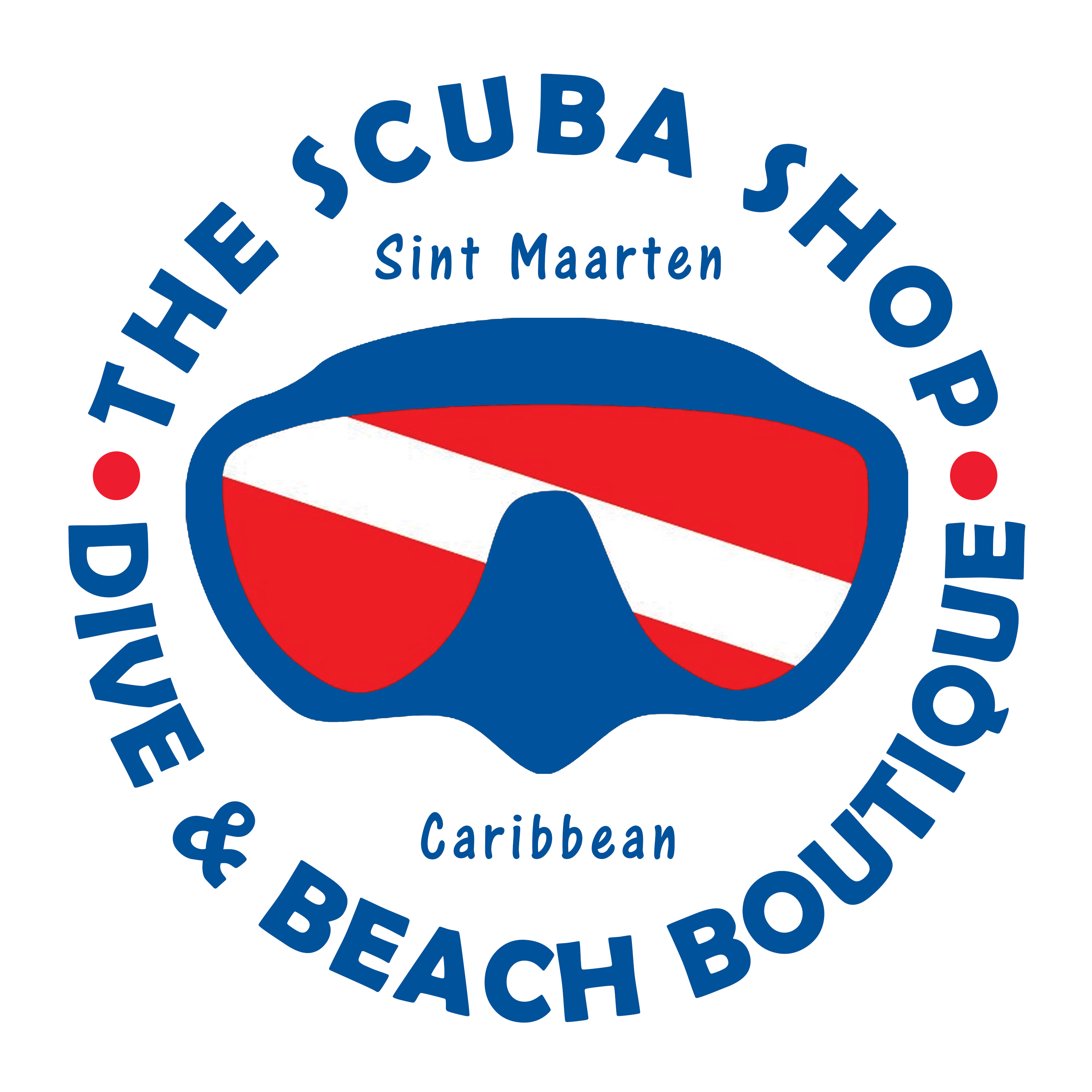 |
 |
|||||||||||||||||||||||||||||||||||||||
|
||||||||||||||||||||||||||||||||||||||||
|
Fishing TipsHow to catch the Big One from your Charter YachtTips to catch that big one while sailing: Ciguatera Poison WarningCiguatera Toxin is present in certain types of fish in this area of the Caribbean. Ciguatera is a type of food poisoning. The ciguatera toxin may be found in large reef fish, most commonly barracuda, grouper, red snapper, eel, amberjack, sea bass, and Spanish mackerel. These fish live in coral reef waters between latitudes of 35 degrees south to 35 degrees north, corresponding to the area located between the Tropic of Cancer and the Tropic of Capricorn. These areas include the Caribbean Sea. Ciguatera toxin tends to accumulate in predator fish, such as the barracuda and other carnivorous reef fish, because they eat other fish that consume toxin-producing algae (dinoflagellates) that live in coral reef waters. Ciguatera toxin is harmless to fish but poisonous to humans. The toxin is odorless and tasteless, and it is heat-resistant, so cooking does not destroy the toxin. Eating ciguatera-contaminated tropical or subtropical fish poisons the person who eats it Ė with the toxin accumulating in your body and remaining there even after becoming ill, increasing your chances of being ill again and again. Ciguatera Fish Poisoning Symptoms:Symptoms generally begin six to eight hours after eating the contaminated fish. Symptoms include:
Severe cases of ciguatera poisoning may result in:
Death due to heart or respiratory failure occurs in rare cases. Fish you can eat: Dorado (also known as Mahi Mahi or Dolphin fish), Wahoo, all types of Tuna. We stock Game Fish Identification cards in our shop, we can mark the fish that are free of Ciguatera for you so you can make sure of what youíve caught and whether itís okay to eat. Absolutely cannot eat: reef fish, groupers,
snappers, sharks, mackerels, Barracuda. How to Prepare your catch for DinnerTuna, Mahi Mahi and Wahoo can all be cooked up on the barbecue or they can be prepared raw as sushi/ sashimi or with lots of lime juice into ceviche. Simply pan fried with a lump of butter and a sprinkle of salt is also delicious. Below are two recipes which can be used with either of the three types of fish, but first tips on how to clean the fish. Cleaning Game Fish:Clean fish to get steaks with bone in: 1. Wash the fish under cold running water. 2. Use the dull side a knife to scrape off the scales in a backward motion from tail to head (skip this step if you want skinless and boneless loins/ steaks, see below). Rinse off. 3. Make a shallow cut on the belly all the way from head to tail. Avoid cutting into the intestines 4. Grab the fish by the mouth and reach into the gills. You will feel two gill holes, stick your forefinger and thumb in the holes and grasp firmly. Now, pull hard and the whole entrails will come out in one piece through the head. 5. Rinse the fish, inside and out, under running water. 6. Cut the fins off and refrigerate the fish or put it on ice. 7. Use a very sharp knife to cut the fish into steaks about an inch thick for grilling. Clean fish to get fillets without bone or skin: Step 3-5 from above and then follow the steps in
this video on how to skin the fish and get nice loins:
http://www.youtube.com/watch?v=tb-jNxvSSrU RecipesTuna Ceviche:Ingredients: Mix all the ingredients and allow to marinate at least 1 hour in the fridge. Drain off excess juice and serve as a snack with toast or with rice as a main course.
Grilled Mahi Mahi:You can prepare your Mahi Mahi as a whole fish
or cut up into fillets. Always rinse the fish before grilling and pat
dry with a paper towel. When preparing fillets or pieces of Mahi Mahi you may grill them straight on the grill without any foil, just with a coat of oil. Grill 4-5 minutes each side, depending on size of fish and heat of the grill. Great with a salad and rice on the side.
Grilled Tuna:Tuna is best served medium or medium rare, still
pink in the middle. |
|||||||||||||||||||||||||||||||||||||||
|
||||||||||||||||||||||||||||||||||||||||


